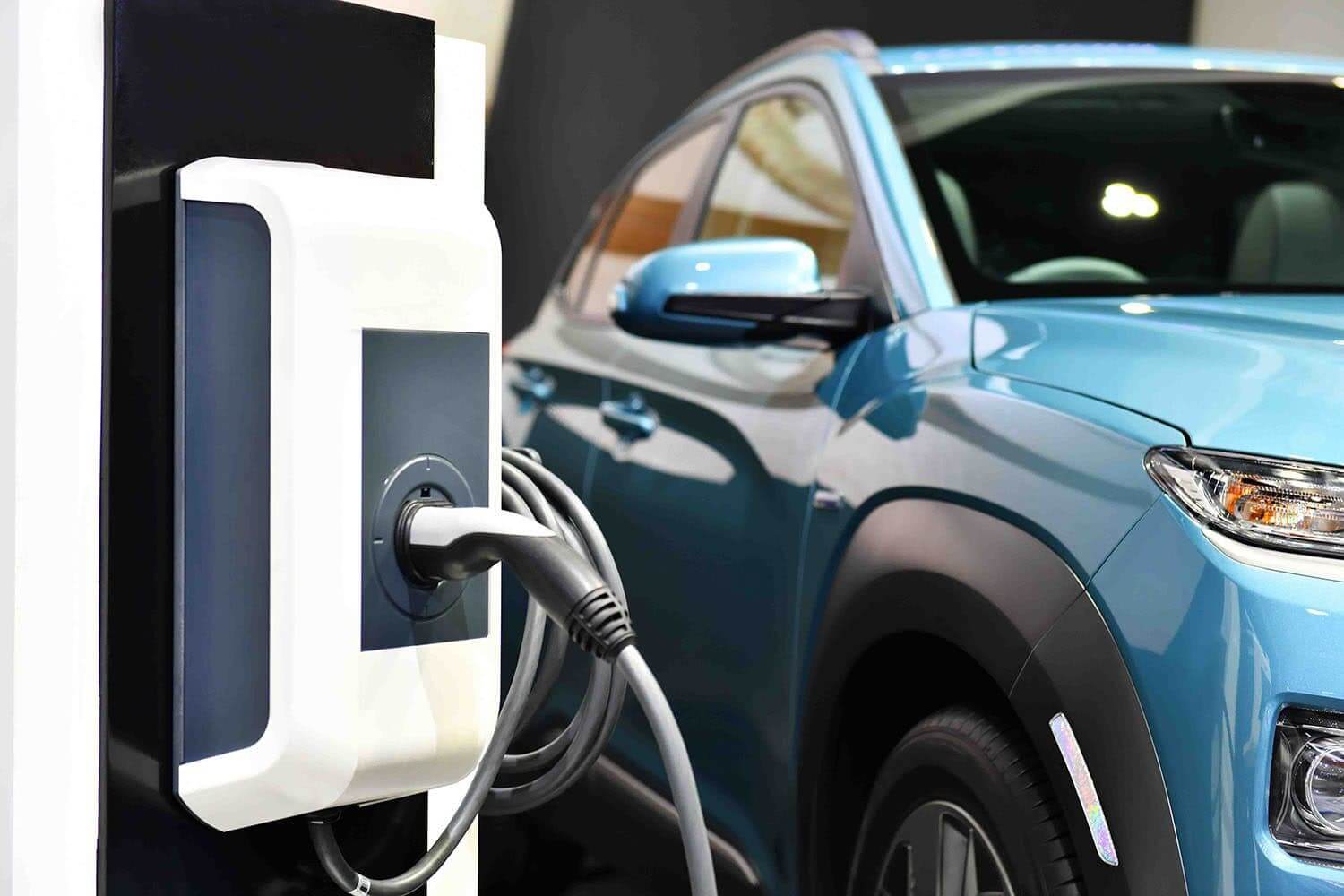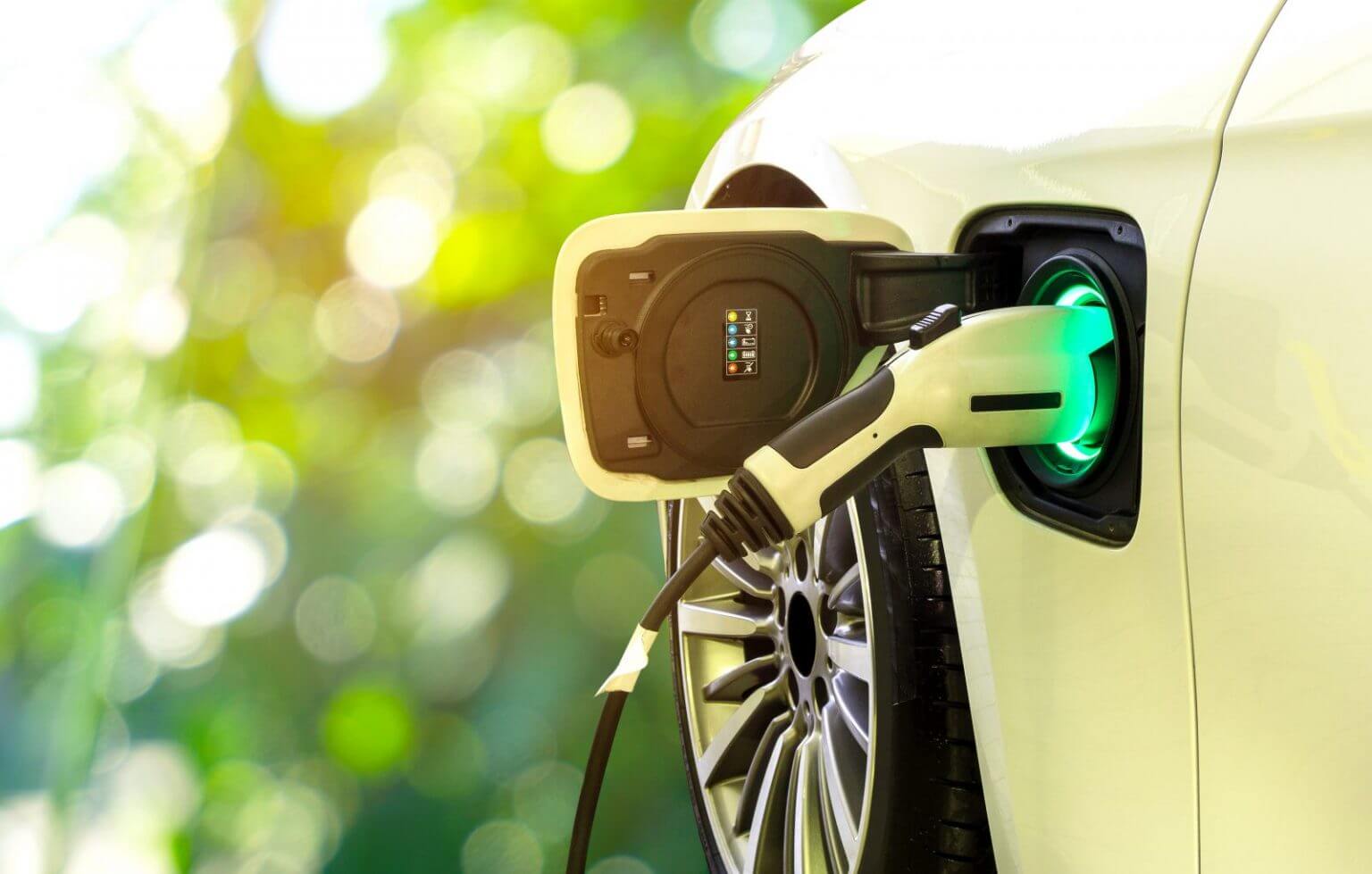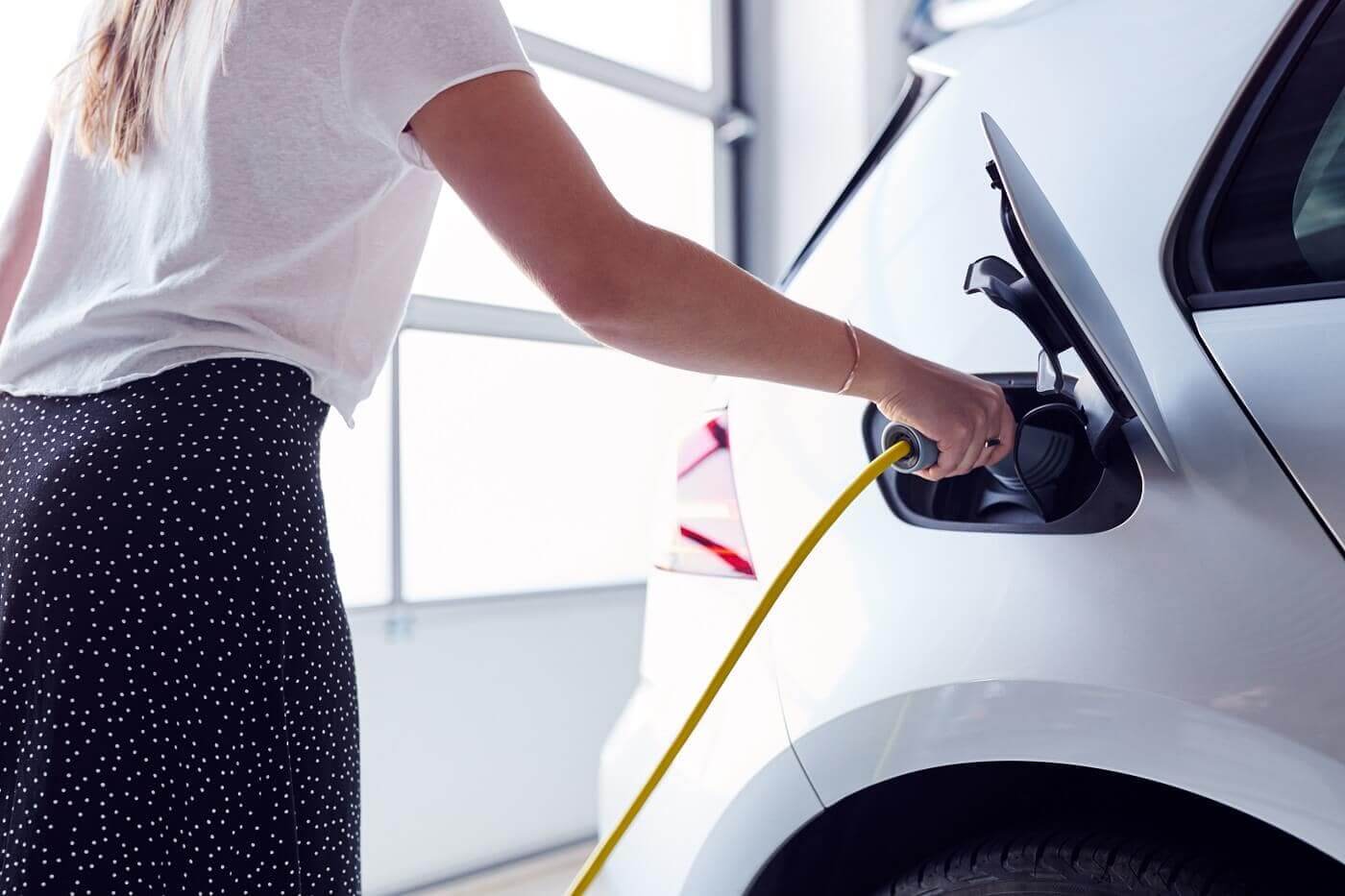Even though electric vehicles don't emit any pollution from their exhaust pipes, they nonetheless contribute to global warming. How much of an environmental impact your electric vehicle has depends on how you charge it. Since learning when to charge an EV at home using a clean energy source would result in less pollution than utilising dirty energy sources, this is an important skill to acquire.
To help you save money and cut down on greenhouse gas emissions, we've compiled all the data you need to know about when to charge your electric car at home. What time of day is optimal to charge an EV, what peak and off-peak hours are, how to charge an EV with solar panels, and other relevant information can all be found in this article.

Both energy source and Time-of-Use (TOU) tariffs have a role in determining the optimal time to charge an electric vehicle. Taking into account the energy source has environmental benefits, while taking into account the TOU rates has financial benefits.
When an electric vehicle should be charged depends largely on the time of day when the grid power coming from whatever source. While the composition of each state's energy supply differs, the vast majority of states generate a cleaner energy mix during the day than they do at night. We shall elaborate on why this differs from state to state based on factors like natural resources and energy use below.
Although the time-of-use (TOU) tariffs do not contribute to environmental protection, they do provide financial savings for electric vehicle (EV) chargers when used in conjunction with other demand-side management measures. U.S. customers can choose among TOU tariffs and other Time-variable pricing (TVP) power tariffs offered by most utilities. These tariffs allow electric vehicles to be charged during off-peak times, when electricity costs less.
Whether you should charge your automobile during the day or at night depends on your location and the terms of your utility contract. The optimal time of day for you to charge your device (whether that be during the day or at night) will be discussed in greater detail below.

Every state in the United States has a particular amount of electrical capacity at any given hour, albeit the specific energy mix varies from one to the next. Thermal power stations, which burn fossil fuels (coal, gas, and others) to inject power into the grid, are typically responsible for covering the extra electrical capacity during peak hours.
Thermal power facilities may begin supplying electricity to the grid within an hour, but they are among the most polluting options. In most states, greenhouse gas emissions are higher when an electric vehicle is charged during peak hours as opposed to off-peak hours.
In the United States, wind power is among the cleanest options for generating electricity. The United States has the highest concentration of wind farms in the Midwest. If you live in a state with many wind turbines, you can reduce your carbon footprint by charging your electric vehicle overnight, when the energy grid is less busy.
Since the energy mix at night is primarily constituted of clean energy, this is also the optimal time to charge your electric car in states with major Hydropower and Nuclear power capacity. Daytime EV charging causes more pollution than overnight charging since the extra demand is typically met by thermal power plants.
We have made passing reference to off-peak and peak (or on-peak) times, but we have not defined them. The term "peak" refers to the periods of day when more energy is being drawn from the grid, whereas "off-peak" describes the other times of day. The EIA reports that the busiest time of day is from 7:00 AM to 11:00 PM.
It is not uncommon for renewable energy sources like hydropower, nuclear power, wind power, and the like to fall short of meeting the electrical demand of the system during peak hours. Because of this, thermal power facilities are widely used by states to meet fluctuating electricity demand. More greenhouse gases will be produced during peak hours if electric vehicles are charged then rather than during off-peak hours.
During off-peak hours, when grid stress is lowest and the available energy mix from the grid is primarily from renewable energy sources, it is preferable to charge an electric vehicle in most states. Off-peak hours could still see some states relying on thermal power stations to meet grid demand, though fewer of these facilities will be operating than during the day.
Charging at off-peak times is beneficial to the environment and your wallet. After 11 p.m. and before 7 a.m., when electricity rates are at their lowest, is the optimal time to charge your electric vehicle (EV) at home if your energy plan includes TOU tariffs or any other TVP.

In contrast to the majority of states, those with a significant number of solar systems will generate more clean energy during the day than they will at night. During daylight hours (on-peak), when a lot of solar power is being pumped into the grid, is the optimal time to charge an electric car at home in these solar-heavy states.
In states with abundant solar energy, charging an electric vehicle at night can increase greenhouse gas emissions. This is due to the fact that during the day, these states rely significantly on solar electricity, but at night, they run thermal power units to meet the grid's off-peak hour demands.
Installing a rooftop Photovoltaic (PV) system in a state with plenty of sunshine allows you to use clean, renewable energy to power your electric vehicle (EV), resulting in zero greenhouse gas emissions. That solar power can be stored in a home battery system and used to power your electric vehicle (EV) overnight.
Three to five Peak Sun Hours (PSH) is the typical sun resource in the United States. Taking into account the average EV battery capacity of 40 kWh, a PV system producing between 8 kWp (5 PSH) and 13 kWp (3 PSH) would be capable of fully charging an EV battery in a single day. The particular PV system needed to charge your EV in your state can be determined by looking up the PSH in your state on the Solar Resource map provided by NREL.
The optimal time to charge your EV using solar panels may change depending on your personal financial, ecological, and civic priorities. How long it takes to accomplish your goals depends entirely on them. Do you care more about saving money, protecting the environment, or lowering your impact on the grid?
The ageing US grid makes relying on it a bad idea. If your solar panels generate more energy during the day than your electric vehicle needs, you can use the excess to charge your car. If the solar panels can't keep up with your EV charging needs, charge them at night. Nighttime electricity is typically produced in a baseload power plant. So, if you charge at night, you're not adding to the peak load that puts strain on the grid throughout the day.
Many utilities currently employ the time-of-use billing approach. Electricity costs more or less at different times of the day under this scheme. The cost of electricity often drops as the sun goes down and rises when most businesses and homes are using it. As night falls, electricity use decreases.
Different time periods are used by each utility when determining their TOU tariffs. Rates are determined for defined periods of time. The utility's ultimate purpose is to influence customer behaviour. They advocate for consumers to make use of electricity during off-peak hours. The utility can avoid the need to construct peaker plants in this fashion.
If you have a time-of-use (TOU) solar setup, which is not allowed by most utilities, you can save the most money by feeding your solar electricity into the grid during the day. The price per unit of energy produced is highest during these times. When the price of electricity is lowest at night, that's when you should charge your electric car.
This configuration is not supported by all utilities. They offer discounted utility prices for solar panels and electric vehicle chargers. However, you cannot interconnect solar to the grid if you are on an electric vehicle billing rate with the utility.
With a one-to-one net metering arrangement for solar panels, you can either push the power you generate onto the grid and utilise it later, or use it immediately.
The amount of energy put into the grid can be decreased if an electric vehicle is charged directly from solar panels during the day. The utility company will assess you a fee based on your consumption and production habits. You can't blame the time frame for the accusations.
To reduce the environmental impact of charging your car, you should only use renewable energy sources. This will reduce the requirement for generating electricity from sources that incur power losses while they are introduced to the grid, transported, and transformed. Using solar panels or other locally generated renewable energy reduces pollution caused by long distance power transmission. You may significantly reduce your impact on the environment by only charging your automobile when the sun is out. You may now charge your electric vehicle (EV) using solar panels at optimal times, depending on the situation. After reading this, I bet you're wondering how many solar panels it would take to fully charge an electric vehicle.
Once you've figured out when the sun is at its strongest to charge your EV, the next unpopular question is how many solar panels you'll need. Well, the answer to that question depends on the size of your electric vehicle. The battery capacity of a base-model Tesla Model S is 100kWh.
The size of the solar panels is another factor in determining how many panels are required for a certain vehicle. Low-output solar panels can still produce roughly 1 kWh/mo of AC power. So, you'd need at least 75 of these solar panels to charge a regular Tesla Model.

扫码关注
We use cookies to understand how our audience uses our site.
Renon Power websites use cookies to deliver and improve the website experience. See our cookie policy for further details on how we use cookies. Privacy Policy